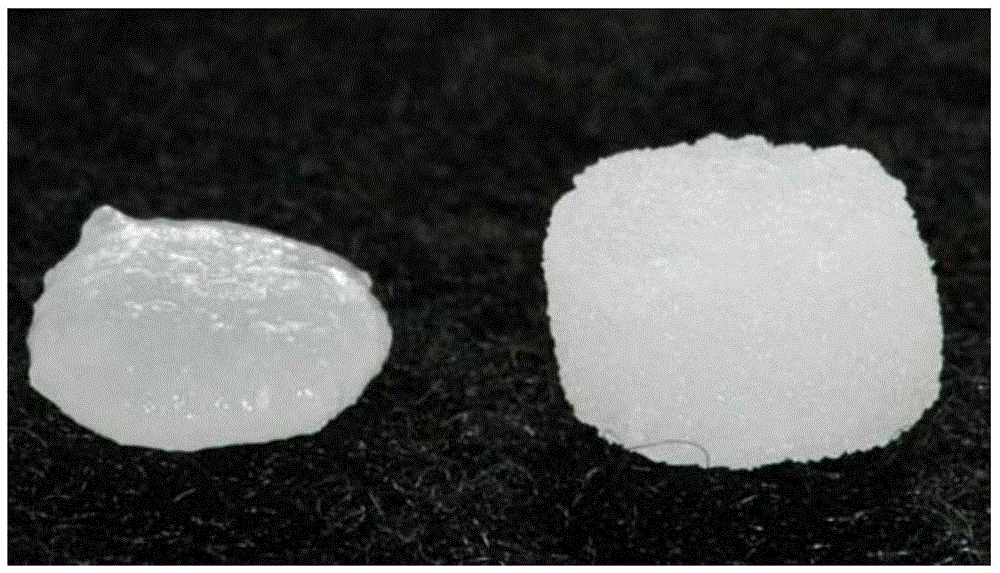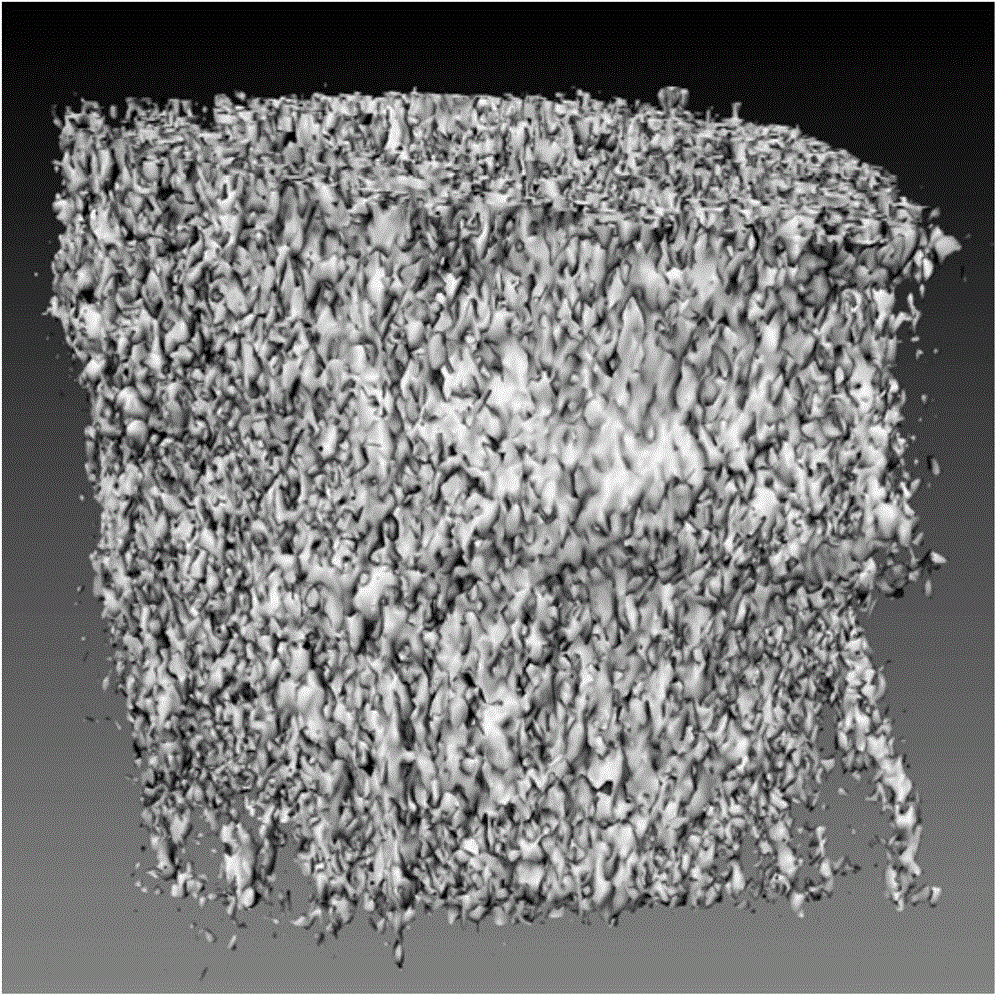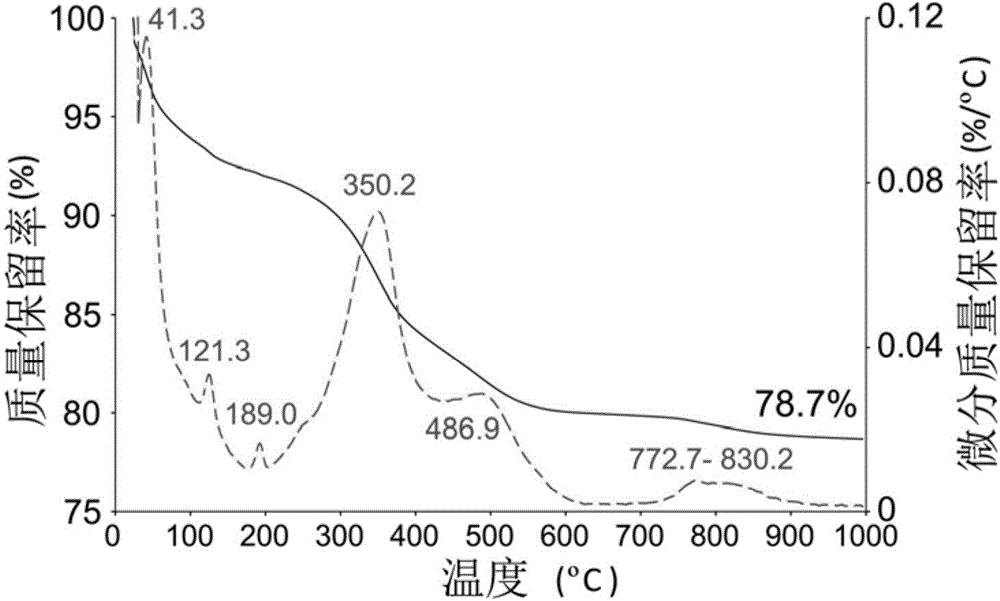Applications of bionic silicon-calcium hybrid collagen scaffold material within fiber
A technology of collagen scaffolds and biomimetic silicon, applied in medical science, prostheses, etc., can solve the problems of mismatching new tissue growth in degradation rate, slow material osseointegration, etc., and achieve good biological safety, strong modifiability, The effect of a good internal environment
- Summary
- Abstract
- Description
- Claims
- Application Information
AI Technical Summary
Problems solved by technology
Method used
Image
Examples
Embodiment 1
[0037] This embodiment is the construction of the biomimetic silicified collagen scaffold material in the fiber:
[0038] (1) Take 500g of fresh beef tendon, remove fascia, fat and other impurities, and cut into thin slices; add the cut tendon slices to 250mL 0.5% protease digestion solution, digest at a constant temperature of 37°C for 3 hours, use 100mL 0.3g / L H 2 o 2 The solution terminates the enzyme digestion reaction, rinses repeatedly with distilled water and then air-dries; add 100mL 0.1% acetic acid solution to 100g dried tendons to swell, stir evenly and centrifuge to remove impurities; Purity; Concentrate with polyethylene glycol to prepare a collagen solution with a final concentration of 20mg / mL; pre-cool at -20°C for 2 hours, and freeze-dry in a positive air freeze dryer for 24 hours to make a porous collagen sponge; use 0.3 M 1-ethyl-3-(3-dimethylaminopropyl)-carbodiimide / 0.06M N-hydroxysuccinimide solution was used to crosslink and fix the collagen sponge for...
PUM
 Login to View More
Login to View More Abstract
Description
Claims
Application Information
 Login to View More
Login to View More - R&D
- Intellectual Property
- Life Sciences
- Materials
- Tech Scout
- Unparalleled Data Quality
- Higher Quality Content
- 60% Fewer Hallucinations
Browse by: Latest US Patents, China's latest patents, Technical Efficacy Thesaurus, Application Domain, Technology Topic, Popular Technical Reports.
© 2025 PatSnap. All rights reserved.Legal|Privacy policy|Modern Slavery Act Transparency Statement|Sitemap|About US| Contact US: help@patsnap.com



